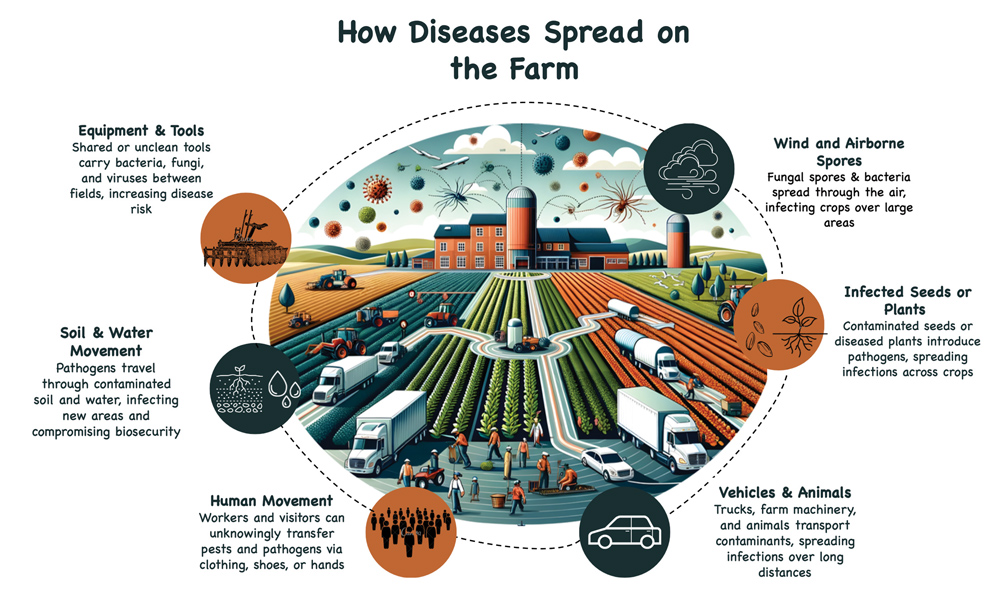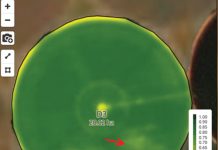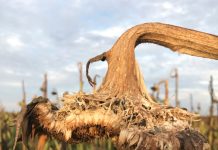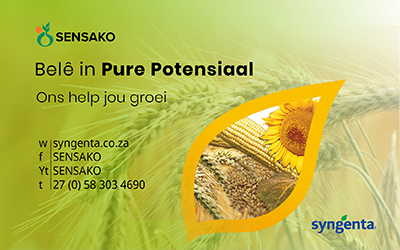
On-farm biosecurity is a producer’s first line of defence against pests, diseases, and weeds that can harm crops and livelihoods. By taking proactive steps, producers can prevent costly outbreaks, protect their farms’ productivity, and safeguard the wider agricultural community. The recent detection of Goss’s wilt in South Africa (https://sagrainmag.co.za/2025/02/04/understanding-gosss-wilt-and-its-impact-on-maize-production/) emphasises the need to ensure that proper biosecurity protocols are in place to prevent the spread of diseases, pests, and weeds. Implementing measures such as cleaning equipment, using certified disease-free seeds, and monitoring crops for early symptoms can help contain potential threats.
Six key practices to protect the farm
1. Monitor crops for pests
Crops should be regularly inspected for pests and observations should be recorded. Producers should familiarise themselves with serious exotic diseases and pests and their symptoms, and keep detailed written and photographic records of any unusual findings.
2. Ensure accurate diagnosis – test crops
If a new or a resurgence of an existing disease, pest, or weed is suspected, it should be reported immediately to the Grain SA research team and/or the Diagnostic Clinic at the Forestry and Agricultural Biotechnology Institute (FABI) (contact details below). The Diagnostic Clinic is available to assist with disease identification. (https://sagrainmag.co.za/2025/01/28/quick-identification-can-safeguard-your-crop/). The following steps can be taken to contain the infection whilst waiting for identification:
- Mark the affected area and limit access.
- Avoid touching, moving, or transporting infected plant material except for sample testing.
- Wash hands, clothing, and footwear after contact.
- Restrict the movement of people, livestock, and equipment nearby.
- Restrict operations in the area while waiting for identification. If operations cannot be restricted, ensure that all machinery and personnel are cleaned/decontaminated appropriately after entering the affected area.
3. Manage people movement
Visitors and workers can unintentionally spread pests. Use biosecurity signs to direct visitors to check in. Record visits and ensure clean footwear and clothing, especially for contractors, utility providers, and international visitors. Train workers on biosecurity protocols.
4. Reduce risks from vehicles and equipment
- Designate a parking area: Direct all visitors to park in a monitored area away from production zones. Input suppliers and technicians visiting the farm should preferably utilise on-farm vehicles rather than their own to prevent contamination across other farms.
- Clean before entry: Ensure all vehicles and equipment are free of soil, plant material, and debris before entering the farm.
- Set up a wash-down facility: Install a wash station to clean vehicles and machinery. Use high-pressure water to remove debris and organic matter.
- Disinfect effectively: After cleaning, apply disinfectants like bleach solutions (1:10 dilution) or commercial farm disinfectants to kill pathogens. Focus on tires, undercarriages, and tools.
- Regular maintenance: Clean and disinfect equipment after each use, especially when moving between fields or farms.
5. Manage grain carefully
Source seeds from reputable suppliers and document their origin. Regularly monitor stored grain, clean up spills, and aerate storage areas to maintain cool conditions that deter disease and pests.
6. Manage risks posed by livestock and feed
Ensure that purchased fodder or grain is free of disease and weed seeds.
Understand how diseases spread
Diseases can spread through contaminated equipment, vehicles, people, or infected plants. Use Figure 1 to understand and mitigate these risks.

By following these guidelines, producers can take proactive steps towards protecting their farms from pests and diseases, ensuring a healthy and productive operation.
*Contact the Grain SA research team to get in touch with the research community for advice or diagnostic services: Mike Ellis (072 287 7496 or mike@grainsa.co.za); Godfrey Kgatle (079 489 5966 or godfrey@grainsa.co.za); Lavinia Kisten (083 273 0709 or lavinia@grainsa.co.za); Pfano Musetsho (065 887 7946 or pfano@grainsa.co.za). Alternatively, please contact the Diagnostic Clinic at FABI (012 420 3939 or diagnostic.clinic@fabi.up.ac.za).





























